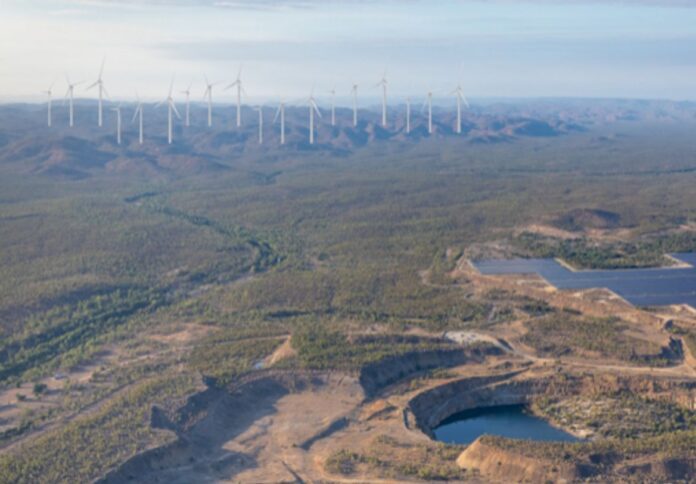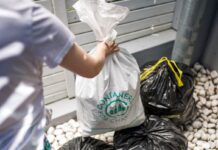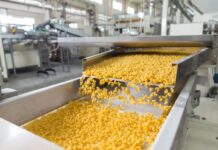
Queensland is halfway towards achieving its renewable energy goals as 25 per cent of the state’s energy supply is now comprised of clean energy.
Minister for Energy, Renewables, and Hydrogen Mick de Brenni said the state remains on track to reach its 2030 renewable energy and emissions reductions target through its partnerships with investors and landholders.
The Queensland Energy and Jobs Plan is now in full swing and is expected to help the state connect a further 682 MW of new clean generation by the end of 2023.
The Queensland Energy Jobs Plan mandates renewable energy targets of 50 per cent by 2030, 70 per cent by 2032, and 80 per cent by 2035 to ensure Queenslanders have access to cleaner reliable, and affordable power for generations.
The increase in the state’s renewable energy uptake means the state’s renewable energy supply skyrocketed by more than 20 per cent in just a year, and by more than 250 per cent in eight years.
“Once renewables dominate the wholesale electricity market, we will see long-term reductions in wholesale power prices, with the CSIROs most recent GenCost Report reaffirming that renewables are the cheapest form of energy,” said Minister de Brenni.
“But we can only do this by transitioning away from coal and gas generation, which continues to set the wholesale electricity market and drive electricity prices up for Queenslanders,” he added.
The Queensland Budget has allocated a $19 billion investment over four years to deliver on the state’s Energy and Jobs Plan.
The plan includes two deep pumped hydro energy storage projects— 5GW Pioneer-Burdekin west of Mackay and 2GW Lake Borumba, west of the Sunshine Coast.
Queensland will also be home to Australia’s largest energy network, Queensland SuperGrid, to supply affordable renewable power to businesses and households.
Furthermore, the Queensland government is planning to build the Copperstring 2032 transmission line, which will unlock more than $500 billion in critical minerals, and create more jobs in manufacturing, minerals processing, and new hydrogen ventures.
“We will see further opportunity for local businesses, and a significant economic uplift for regional and rural communities as we continue towards our targets and enshrine the Queensland Energy and Jobs Plan in law,” de Brenni said.




















